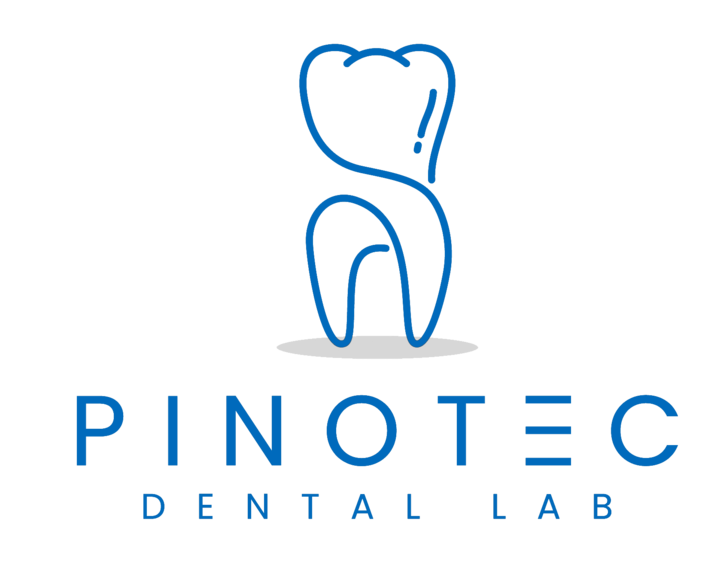Layered Zirconia and e.max (also known as IPS e.max) are two popular dental materials used for crowns, bridges, and veneers. Both materials offer high aesthetics, strength, and durability, but they differ in composition, fabrication, and ideal use. Here’s a detailed comparison:
Advantages of Layered Zirconia
- Aesthetic Quality:
- The porcelain layers give the restoration a natural look, mimicking the color and translucency of natural tooth enamel.
- The layers can be customized to match the patient’s specific tooth color and shape.
- Strength and Durability:
- The zirconia core provides exceptional strength and resistance to wear and fracture, making layered zirconia suitable for both anterior and posterior restorations.
- The porcelain outer layer ensures a highly aesthetic restoration while still maintaining strength.
- Versatility:
- Can be used for a wide range of restorations, including crowns, bridges, veneers, and inlays/onlays.
- The material is particularly suitable for anterior (front) restorations because of its ability to reflect light naturally, resembling natural teeth.
- Customizability:
- The porcelain layers can be adjusted to achieve the desired shade, allowing for an individualized approach for each patient.
Disadvantages of Layered Zirconia
- Potential for Chipping:
- The porcelain outer layer, while highly aesthetic, can be more prone to chipping or wear over time, especially in high-stress areas like molars.
- Fabrication Complexity:
- Requires a more complex and time-consuming fabrication process, as the zirconia core must be milled, and the porcelain layers added separately.
- More costly due to the multi-step process.
- Longer Processing Time:
- Layered zirconia restorations take longer to fabricate compared to monolithic zirconia or e.max due to the need for additional layers and firing processes.
Comparison Table: Layered Zirconia vs. e.max
| Feature | Layered Zirconia | e.max (Lithium Disilicate) |
|---|---|---|
| Material Composition | Zirconia core with porcelain layers | Lithium disilicate (glass-ceramic) |
| Strength | High strength from zirconia core | Strong but less than zirconia |
| Aesthetics | Excellent, due to porcelain outer layers | Superior, highly translucent and natural |
| Best for | Both anterior and posterior restorations | Primarily anterior restorations |
| Fabrication Time | Longer, due to multi-layer process | Quicker, especially for monolithic types |
| Chipping Risk | Porcelain layers may chip over time | Less prone to chipping, but fragile in high-stress areas |
| Cost | Higher, due to multi-layer process | Generally less expensive than layered zirconia |
| Bonding | Requires more complex bonding | Can be bonded easily to natural teeth |
Conclusion
- Layered Zirconia: Best for cases requiring both strength and aesthetics, such as posterior restorations where strength is crucial, but aesthetics are also important. It’s suitable for both anterior and posterior teeth but is more prone to chipping in the outer layers.
- e.max (IPS e.max): Ideal for anterior restorations due to its superior translucency and natural look, making it perfect for the smile zone. It provides excellent aesthetics, but it may not be as strong as zirconia for high-stress areas like the back teeth.
The choice between layered zirconia and e.max depends on the location of the restoration, aesthetic preferences, and the patient’s specific needs.


